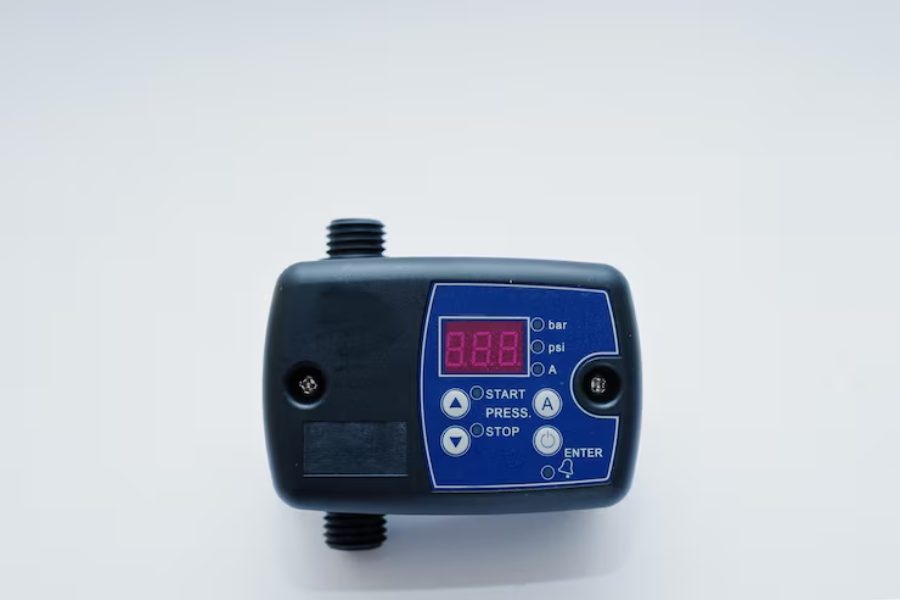- Home
- Our Services
- PedroVazPaulo Coaching
- PedroVazPaulo Executive Coaching
- PedroVazPaulo Marketing Consulting
- PedroVazPaulo Entrepreneur
- PedroVazPaulo Real Estate Investment
- Pedro Paulo Business Consultant
- PedroVazPaulo Wealth Investment
- PedroVazPaulo Business Consultant
- PedroVazPaulo Operations Consulting
- PedroVazPaulo Strategy Consulting
- Blog
- About
- Contact

Despite the rise of newer platforms like TikTok and Instagram Reels, Facebook remains one of the most powerful tools for business marketing — especially for small and medium-sized businesses.
With over 2.9 billion monthly active users, Facebook offers a unique mix of organic reach, paid advertising, community building, and lead generation opportunities. If you’re wondering how to use Facebook for marketing your business, this comprehensive guide will walk you through proven strategies to build your brand, engage your audience, and grow your sales.
1. Why Use Facebook for Business Marketing?
Before we jump into tactics, let’s quickly explore why Facebook remains essential for marketing your business:
- Massive user base
- Advanced audience targeting
- Cost-effective ad platform
- Strong analytics tools
- Multi-format content support (text, images, video, live, stories, Reels)
With tools like AI Image to video by Viggle AI, businesses can even transform simple images into dynamic video content that performs better on Facebook’s algorithm.
2. How to Use Facebook for Marketing Your Business: Step-by-Step
Step 1: Create a Professional Facebook Business Page
You can’t market effectively on Facebook without a proper business page.
Key setup tips:
- Use your logo as the profile photo
- Add a branded cover image
- Write a compelling “About” section (include relevant keywords)
- Include business hours, phone, website, and CTA button (like “Call Now” or “Shop Now”)
- Enable messaging for direct contact
Step 2: Know Your Audience
The more you know your audience, the better you can engage them.
Use Facebook Insights to understand:
- Age, gender, and location of followers
- When they are most active
- Which posts perform best
- What devices they use
These insights help you create better content and target the right people with ads.
Step 3: Develop a Content Strategy
Consistent, valuable content is key to Facebook marketing.
Types of content to post:
- Behind-the-scenes photos
- Tips and how-tos
- User-generated content
- Client testimonials
- Product features and benefits
- Polls and questions
- Facebook Stories and Reels
- Facebook Live sessions
Pro Tip: Use a content calendar to plan weekly themes and maintain consistency.
Step 4: Use Facebook Groups for Community Building
Facebook Groups are an underrated but powerful way to build a community around your brand.
Why Groups Matter:
- Higher organic reach than Pages
- More meaningful engagement
- Great for nurturing loyal customers and fans
- Useful for market research and feedback
Example: A fitness coach can create a private “Client Support Group” for sharing progress, tips, and exclusive content.
Step 5: Run Targeted Facebook Ads
One of the best answers to how to use Facebook for marketing your business is: run ads. Facebook Ads Manager allows businesses to reach highly specific audiences with minimal budgets.
Types of Facebook Ads:
- Image & Video Ads
- Carousel Ads
- Lead Generation Ads
- Event Promotion Ads
- Offer Ads
- Dynamic Product Ads
Targeting options include:
- Demographics
- Interests
- Behaviors
- Lookalike Audiences
- Custom Audiences (website visitors, email list, etc.)
Pro Tip: Start with a low budget and A/B test different creatives and audiences.
Step 6: Leverage Facebook Pixel
Facebook Pixel is a small piece of code you install on your website to track user behavior. It helps you:
- Retarget website visitors
- Optimize conversions
- Track purchases, signups, or other actions
- Build custom and lookalike audiences
Important: Install the Pixel as early as possible to start gathering data.
Step 7: Host Facebook Live Sessions
Facebook Live builds trust and allows you to interact with your audience in real time.
Ideas for Facebook Live:
- Product demos
- Q&A sessions
- Client interviews
- Company announcements
- Behind-the-scenes tours
Benefits:
- Higher engagement rates
- Stronger emotional connection
- Real-time feedback and interaction
Step 8: Enable and Use Facebook Shops
For eCommerce businesses, Facebook Shops make it easy to sell directly from your Page or Instagram profile.
Features include:
- Product catalogs
- Integrated checkout (in some countries)
- Product tagging in posts and ads
- Sync with platforms like Shopify, WooCommerce, BigCommerce
Pro Tip: Optimize your shop with detailed descriptions, pricing, and multiple images.
Step 9: Encourage Reviews and Social Proof
Positive reviews on your Facebook page influence buying decisions.
Tips to generate reviews:
- Ask happy customers politely
- Include a “Leave us a review” CTA in emails
- Respond to every review, good or bad, professionally
- Share positive reviews in your feed or Stories
Step 10: Track and Analyze Performance
Marketing is only successful if it’s measurable.
Use Facebook Insights to monitor:
- Post reach
- Engagement rate
- Video views
- Follower growth
- Click-throughs
- Conversions (via Facebook Pixel)
Adjust your strategy monthly based on what’s working.
3. Real-Life Examples of Facebook Marketing Success
Example 1: Local Salon
A beauty salon used Facebook to:
- Share before-and-after transformations
- Promote limited-time offers via Stories
- Run referral contests
Result: 80% increase in bookings within 4 months.
Example 2: Online Clothing Store
An eCommerce brand:
- Posted daily outfit ideas
- Used Reels and short videos for engagement
- Retargeted abandoned cart users with Facebook Ads
Result: Tripled their monthly online sales with a 5x ROAS (return on ad spend).
Example 3: Service-Based Business
A real estate agency:
- Hosted weekly Facebook Lives on property buying tips
- Shared blog posts and infographics
- Used lead forms to capture interested buyers
Result: 2,000+ leads generated in one quarter.
4. Facebook Marketing Best Practices
- Stay consistent — post at least 3–5 times a week
- Focus on value, not just promotion
- Use high-quality visuals
- Always reply to comments and messages
- Monitor ad performance and scale what works
- Keep your branding consistent across all content
5. Common Mistakes to Avoid
- Ignoring comments and DMs
- Posting only sales-oriented content
- Not using the Facebook Pixel
- Inconsistent branding
- Running ads without testing creatives
- Ignoring Insights and analytics
6. Useful Tools to Enhance Facebook Marketing
- Canva – Design posts, Stories, and ads
- Facebook Creator Studio – Schedule content and view insights
- Meta Business Suite – Manage posts, messages, and ads in one place
- AdEspresso – A/B test Facebook ads
- ManyChat – Automate Facebook Messenger replies
Conclusion: Start Simple, Grow Smart
Now that you know how to use Facebook for marketing your business, the next step is action. Don’t wait for the perfect strategy — start with the basics, experiment, learn from your audience, and grow steadily.
Facebook rewards consistency, creativity, and real engagement. Whether you’re a product-based brand or a service provider, it’s one of the most accessible and rewarding platforms for marketing success.
FAQs: How to Use Facebook for Marketing Your Business
Q1: Do I need a business page to use Facebook for marketing?
Yes, business marketing should always be done from a Facebook Business Page, not a personal profile.
Q2: Is Facebook marketing free?
You can market organically for free, but paid ads offer faster, more targeted results.
Q3: How much should I spend on Facebook ads?
Start with $5–$10/day for testing. Scale your budget based on performance and ROI.
Q4: What’s the best time to post on Facebook?
It varies by audience, but generally, weekday afternoons and evenings get higher engagement.
Q5: Can Facebook help drive website traffic?
Absolutely. By linking your posts and running website click campaigns, you can drive targeted traffic to your site.






